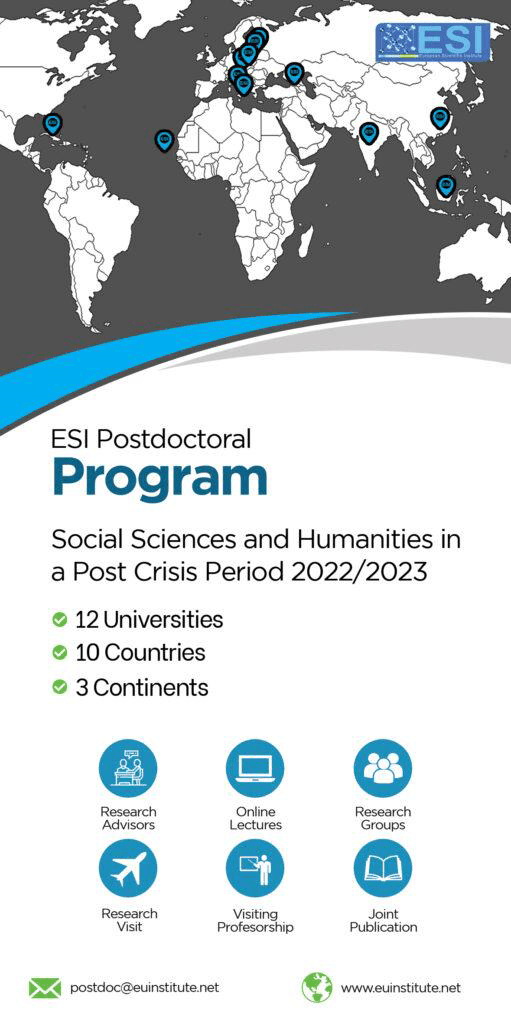VIBRATION POWER AND MICRO HYDROELECTRIC POWER, THE ENERGY FOR THE FUTURE
Abstract
Energy is the paramount significant component for economic, educational, science & technological development for all of the various countries in the world. It is an integral part of every sphere of modern life and indispensible for almost all of the economic development activities ranging from farm irrigation to manufacturing of goods and heavy industrial activities. But the world today is confronted with two interrelated challenges closely linked with energy; these are global unusual temperature rising and vicious cycle of poverty. Due to incremental consumption of traditional energy, earth atmospheric greenhouse gases (GHG) are rising rapidly, resulting global warming, global climate changes & ecological catastrophes. This is concern with the other challenge that 1.3 million of the world's populations, most of them are impoverished and live in rural areas in Africa and Asia, still out of the electricity supply facilities, causing economic downturn, poverty, illiteracy, unemployment, crimes and social depression. In these very conditions, changing patterns of energy, which are carbon neutral or carbon negative, reliable and affordable, only can save the world from upcoming dangers. Together with other sources of green energy our newly invented carbon neutral ''Vibration Power''& ''Micro Hydroelectric Power'' could be a viable alternative to save the green planet from upcoming challenges.Downloads
Download data is not yet available.
Metrics
Metrics Loading ...
Published
2015-11-19
How to Cite
Hossain, M. N. (2015). VIBRATION POWER AND MICRO HYDROELECTRIC POWER, THE ENERGY FOR THE FUTURE. European Scientific Journal, ESJ, 11(10). Retrieved from https://eujournal.org/index.php/esj/article/view/6516
Section
Articles







